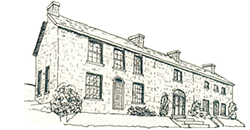EXHIBITS
The Origins and Significance of Domestic Gothic Architecture in Ottawa
Some second generation Pinheys moved to professional work in the city. Their stone villas of the 1850s and 1860s, designed by English architects who sought the Parliamentary contract, combined fashionable Tudor style with a revolutionary pinwheel floorplan only recently traced to the father of the English Gothic Revival, A.W.N. Pugin. This ground-breaking exhibit highlights how residential gothic combined with ecclesiastical and Parliamentary gothic to turn a rough lumber town into a respectable colonial capital.
Carleton University, 4th Floor Paterson Hall, to April 30, 2015
Pinhey’s Point Historic Site, May 10–July 5
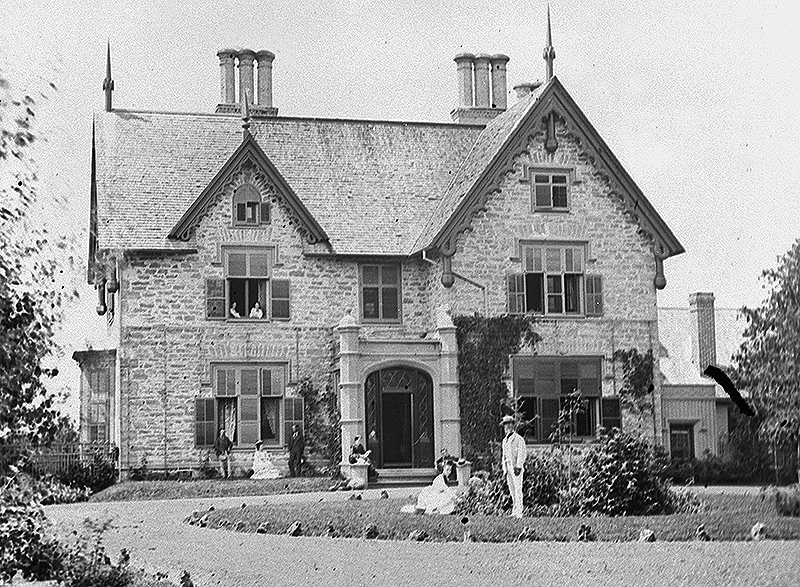
Songs of the Allies: An Ontario Girl’s Sheet Music from the Great War (May 10–October 31)
This exhibit will showcase WWI-themed selections from the sheet music collection of Mabel Armstrong Baker (1905-1999), daughter of the South March postmaster. During her youth, Mabel gathered a diverse assortment of British, American, and Canadian wartime songs. They range from the comic to the tragic, from martial airs to heartfelt longings for peace. These songs had the power to inspire patriotism, to soothe ragged nerves, and above all to encourage civilians to continue the wartime struggle. The exhibit demonstrates the thematic variety of the Great War musical canon and explores the place of music in home front society.
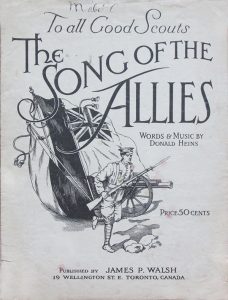
The Pinhey Family at War, 1914-1918 (July 8–September 30)
We have extended the commemorative and interpretive reach of our pioneering 2007 exhibit on the diverse wartime experiences of the Pinhey family through inclusion of three additional family members: (1) H. Eardley Pinhey: l’artiste mort pour la patrie. The son of artist J.C. Pinhey was studying in Paris for entrance to the École des Beaux Arts, but enlisted as an officer in a British regiment and was killed at Ypres. (2) Hamnett Pinhey Hill: an early battlefield tourist. This Ottawa lawyer oversaw the soldier vote in the 1917 Canadian election and toured the battlefields while the war was still in progress and the devastation both fresh and ongoing. (3) Juanita Cronyn: the Unknown Pilgrimage. This McGill undergraduate participated in a 1936 student tour of Britain and France organized by Major F.J. Ney, an Anglo-Canadian imperialist. She visited the Vimy Memorial a month after its inauguration by Edward VIII. Now viewed as an important step toward Canadian independence, to Ney Vimy evidenced the family ties that bound Canada to England. Collectively these new sections explore the longer-term impacts of the War: an artistic talent forever extinguished, the beginnings of battlefield tourism and group pilgrimages, and the evolving relationship between Canada and Britain.
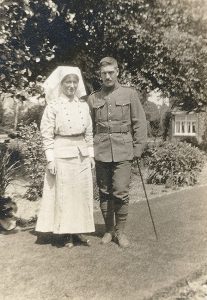
TRAVELLING EXHIBIT
Whose Astrolabe? Origin and Cultural Ownership of a Canadian Icon
This exhibition that marked the 400th anniversary of Champlain’s first voyage up the Ottawa in 1613 travels from the national archive of the Jesuit Order to the reconstructed Jesuit mission to commemorate the 400th anniversary of Champlain’s arrival in Huronia. It features a hitherto unseen manuscript account of the finding of the ‘Champlain’ astrolabe and an exploration of its contested status as a cultural symbol. Was it really a Jesuit astrolabe?
Archive of the Jesuits in Canada, 25 Jarry St. W., Montreal, Quebec, to April 28
Sainte Marie among the Hurons, Midland, Ontario, July 1–August 30
EVENTS
PUBLIC LECTURE SERIES: First World War
(Admission free. Refreshments will follow each lecture.)
The Great War and the Canadian Musical Community (Friday July 10, 7 p.m. at Pinhey’s Point Historic Site)
With the outbreak of hostilities, vocal citizens questioned the morality of both the German classics and wartime piano purchases. To defend and explain its contributions to the home front, the music trade launched a Canadian Bureau for the Advancement of Music, and an aggressive campaign for ‘Music in the Home.’
Dr Madelaine Morrison was awarded a 2014 Senate Medal for Outstanding Academic Achievement for her doctoral thesis in history at Carleton University.
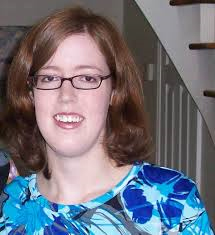
A World War I Military Nurse: Eastern Ontario’s Annie Green (Friday August 14, 7 p.m. at Pinhey’s Point Historic Site)
Dr Sandra Campbell will discuss the life and overseas military career of Kingston General Hospital-trained nurse Annie Green (1882-1929) using the rich and dramatic collection of her photographs, letters and souvenir albums held at Queen’s University Archives.
Dr Sandra Campbell is a retired professor from the Pauline Jewett Institute of Women’s And Gender Studies at Carleton University.
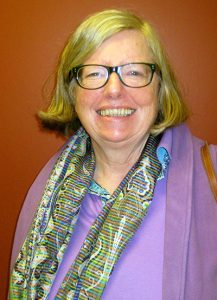
OTHER EVENTS
Heritage Ottawa Rural/Suburban Forum
The Pinhey’s Point Foundation hosts the first Heritage Ottawa forum on rural and suburban heritage issues, a day of tours and discussion.
St John’s Anglican Church Hall, South March, Saturday September 26, 9:30 a.m.–6 p.m.
To view the Foundation’s current exhibits and events: Current
To view our other past exhibits and events: Exhibit/Event Archive
